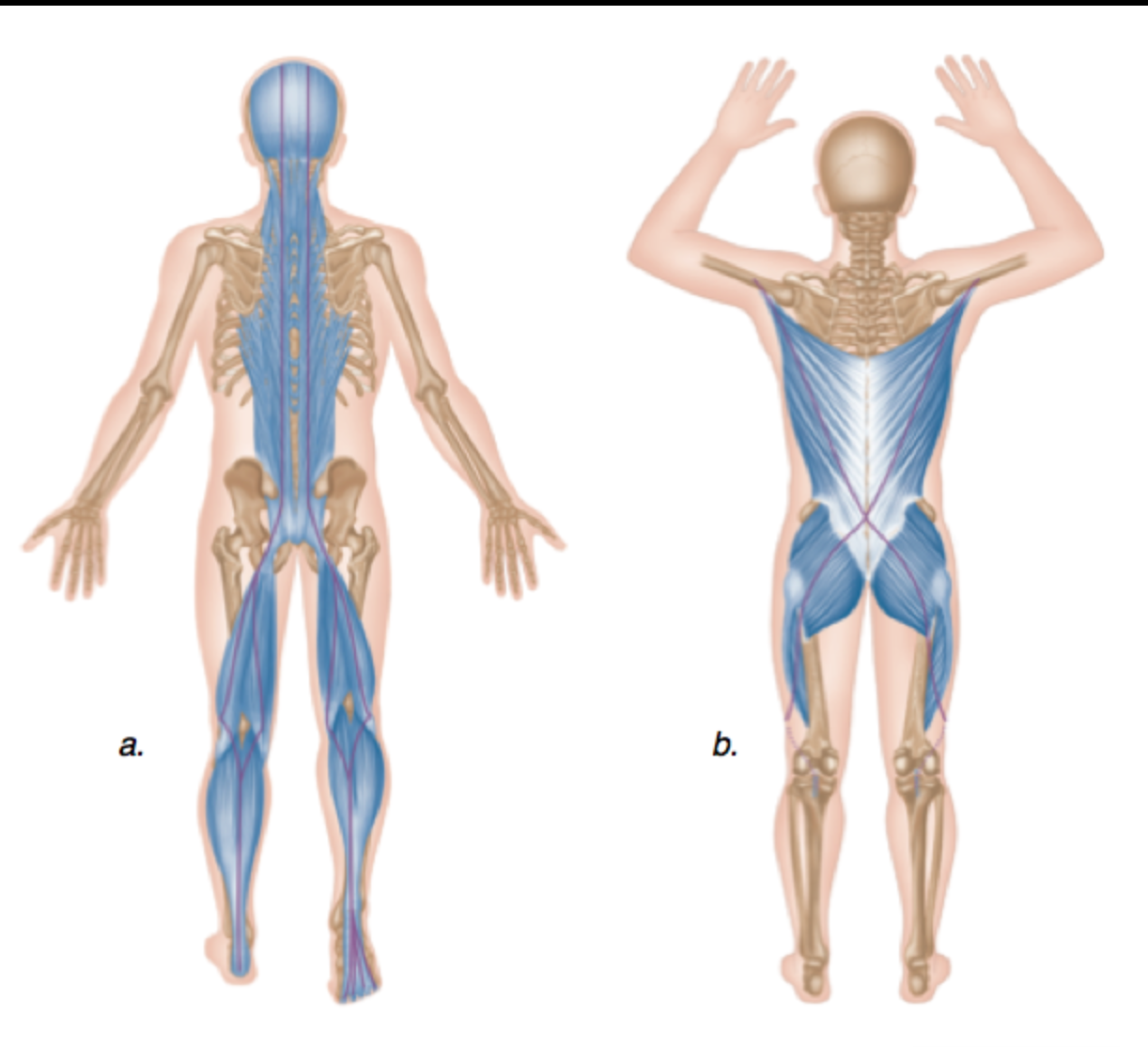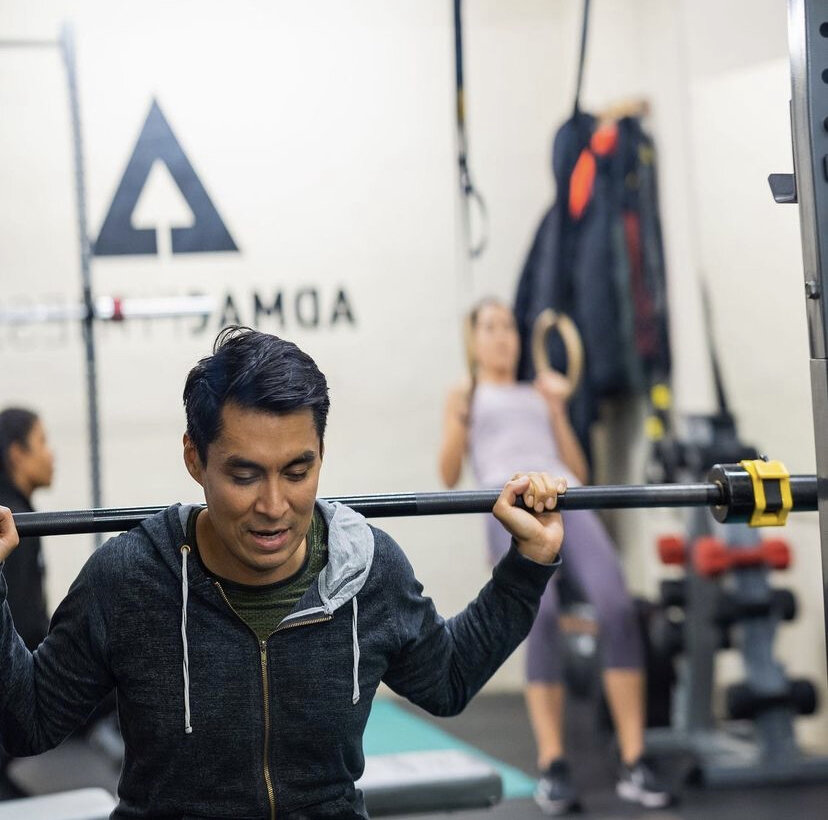No pain, no gain… One of the most well-known phrases in fitness, but how true is it? And how important is it in order to achieve a great level of health and fitness?
In this article we’re going to look at the evidence around exercise intensity and how hard training affects our fitness levels. We’ll look at what the evidence suggests is hard work, and exactly how hard you need to be training in order to achieve great health and fitness.
Finally, we’ll look at the influence of a personal trainer and whether or not there’s a scientific rationale behind hiring a personal trainer to work with you on your health and fitness goals.
Workout Intensity - What We Know
Sports science has progressed to a point where we understand that achieving excellent health is more than just absolute hard work. There’s essentially three main aspects to health improvement…
Training effectively (exercise)
Fuelling properly (food and nutrition)
Recovering fully (sleep, tissue repair)
All three are as important as one another - you can train hard, but if you eat a crappy diet, your progress is limited. You can eat really well, but if you’re not training effectively, the same thing happens. Finally, you can eat well and train well, but if you don’t recover fully you’ll limit progress.
So we know for certain that simply training super hard isn’t enough alone. But for now, let’s focus on exercise.
Recommended suggestions for exercise…
The generally-accepted western advice for exercise can be summed up by this recommendation from the American College of Sports Medicine…
To promote and maintain health, all healthy adults aged 18 to 65 yr need moderate-intensity aerobic (endurance) physical activity for a minimum of 30 min on five days each week or vigorous-intensity aerobic physical activity for a minimum of 20 min on three days each week.
But what does this actually mean? It’s fine to make these suggestions, but there has to be a solid number attached to them, otherwise it’s down to personal opinion and perception of what hard work actually is.
Thankfully, there is a scientifically-established series of guidelines on what constitutes the various exercise intensities. Here they are…
There’s a lot of data in the table, but don’t worry if you don’t understand the terminology - most of it is information used by sports scientists. The bits you can take the most information from are the RPE scales (Rate of Perceived Exertion), although bear in mind these again are down to opinion.
The better one is the %HRMax, which means the percentage of your theoretical maximum heart rate. The closer to your HRMax you are working, the higher the exercise intensity.
If you’re wearing a heart rate monitor you’ll be able to see in real time exactly how hard you’re working, so you’ll know if you’re hitting a high enough intensity to make a meaningful change in your fitness levels. The app support on a heart rate monitor will also help you monitor and track your progress over time.
Adapting the Guidelines
It’s worth pointing out this too - these are a base minimum guideline for people to be ‘healthy’. This is the least amount of exercise you need to do in order to maintain an acceptable level of physical fitness.
At AdMac Fitness we don’t want our clients to be minimally fit - we want to push you to bigger and better things, maintaining a level of health and fitness that far exceeds the basic level. It’s why we have you deadlifting, swinging kettlebells, slamming ropes and the like!
The British Association of Sport and Exercise Sciences (BASES) suggests that once you’ve managed to hit the baseline guidelines for around 6 months, you can increase your weekly exercise from 150 minutes to 300 minutes and see a lot of extra benefits - we at AdMac Fitness agree. As long as you’re fuelling this correctly and recovering properly, your goal should be to exceed the 150 weekly minutes guideline.
For reference, 300 minutes per week is just over 40 minutes per day across 7 days, or an hours per day across 5 days (this would be our suggestion as it allows for a couple of recovery days).
Using a Personal Trainer Helps… A LOT!
The problem when you’re training yourself is you’re never going to push yourself beyond your normal capabilities - certainly not as much as you could or should. This has been proven time and time again with people attending gyms for years and not changing shape. It’s a fact that stacks up in the research too. In this study a group was split in two - one group had a PT, the other didn’t.
They were asked to select weights that would allow the completion of 10 reps of different exercises. In the experiment, the PT consistently lifted significantly heavier weights than the ones who selected their own weights. Over time this large difference has a huge impact on the weight lifted, the strength gained, the fitness improvement, the muscle built and the weight lost.
If you want to make better, faster progress… hire a personal trainer!
If you’re looking for personal training in East London, get in touch!
At AdMac Fitness we’re not about fads, fashions and short term fixes. We want you to succeed properly over the long term, so with our help and advice you can get your fitness back on track! If you’d like us to help you, contact us on 07921465108 or email us at admacfitness@gmail.com. We look forward to hearing from you!









































